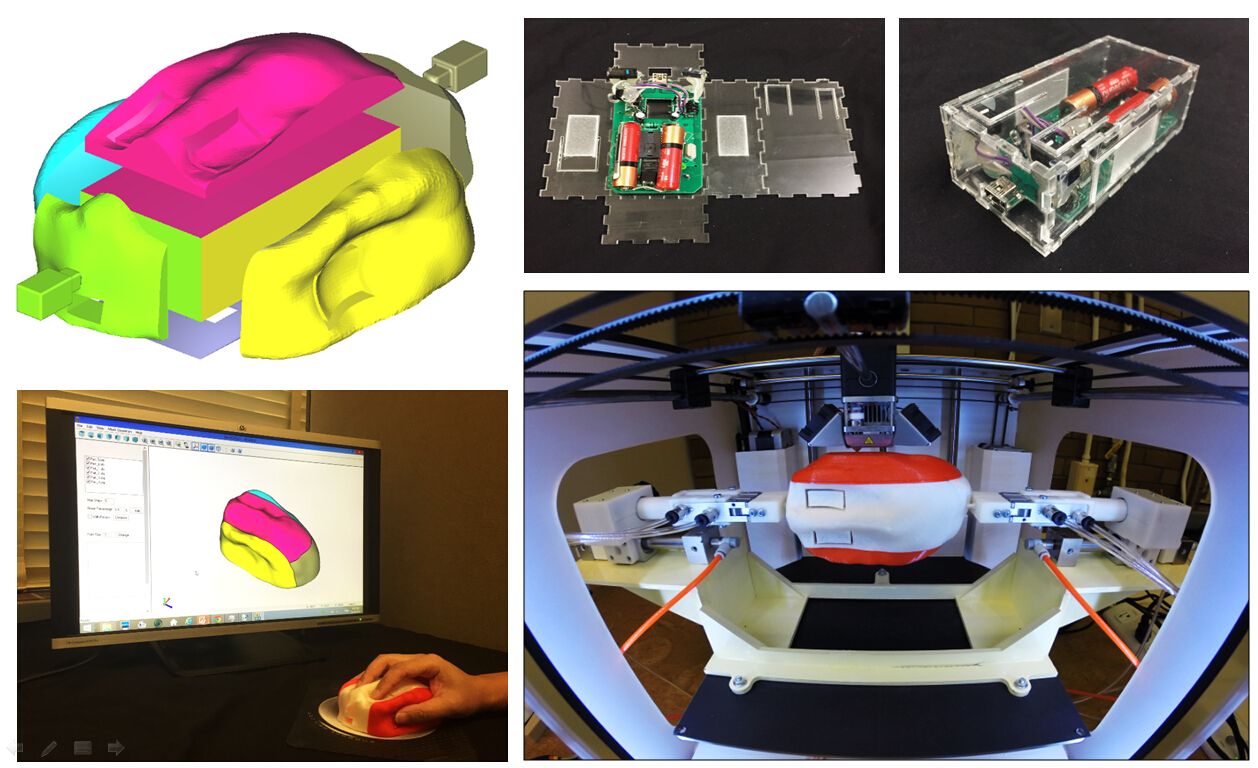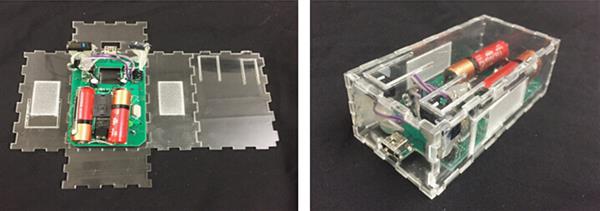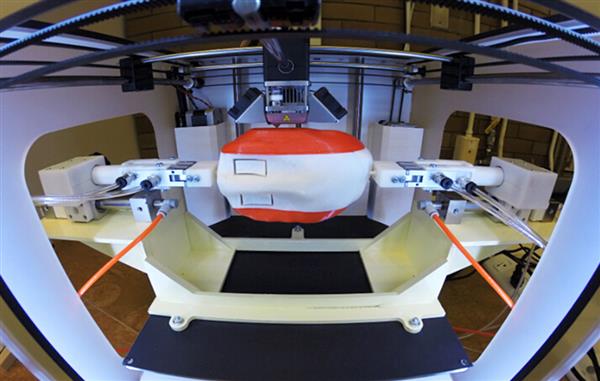Support material. One of the less glorious parts of the 3D printing process that (for me, at least) doesn’t always scrape away all that cleanly. As frustrating as support material may be to the human-end of the printing process, it has been a necessity for the success of more complex prints. But one team of Purdue mechanical engineering professors have developed a new system to circumvent the need for support material called the RevoMaker, which utilizes the technique of multi-directional printing. The new system is both material and time efficient, and has cut production time down by as much as 37%, according to the Purdue team. More interestingly, the system allows for 3D printing on existing components, including fully-functional electronic objects.
“The cuboid base is generated inside any geometric model using our cuboidization algorithm,” said research associate Yunbo Zhang. “As the whole model is partitioned by the base, the algorithm computes the cuboid with as large a volume as possible cuboid to save printing material and with optimized orientation to reduce the necessary supporting material.”
The RevoMaker is equipped with two little robotic arms that prop the print up within a 3D printer, using a cuboid base instead of a stagnant print bed. The arms are able to rotate the small cuboid during the printing process, which allows the 3D printer to build on all sides of the surface, conquering the need for support material used in traditional prints. Not only does the RevoMaker promote multi-surface printing, the cuboid base is also able to house electronic components, which conveniently allows these electronics to be embedded into the print design.
“Our strategy is to replace the print bed with a laser-cut cuboid which can be rotated about an axis to provide orthogonal printing surfaces on each side of the volume,” said mechanical engineering professor Raymond Cipra. “This cuboidal volume is also the space into which the electronics, motors, batteries are embedded before the printing process begins.”
With the RevoMaker, a functional light-up toy or custom-fitted computer mouse can be printed on the spot. “Using our methods we will soon be able to make things that actually walk out of the printer by themselves,” Professor Karthik Ramani said. Products such as a computer mouse can be fitted to a users hand and printed upon the electronically embedded cuboid base, creating a fully functional object almost instantly after the print is completed. Purdue’s mechanical engineering team have produced a potential 3D printing game-changer with their RevoMaker, taking a pivotal step towards printing with less support material and even more electronic and mechanical capabilities.





